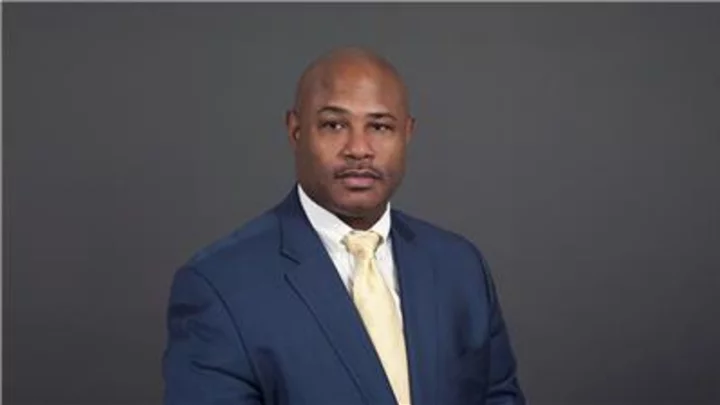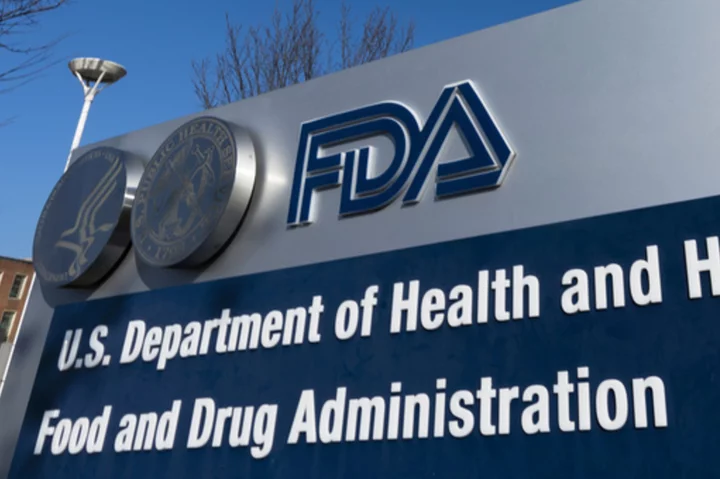Just a piddling 5% of US companies report their Scope 3 greenhouse gas emissions.
Unlike those tied directly to a company’s operations or its energy use, these emissions are the kind churned out along the supply chain to the company, and afterwards by customers using what it makes. And it’s a big part of all greenhouse gas emissions.
This lack of data poses major obstacles for investment firms that want to cut emissions from their portfolio holdings.
Few firms are as aggressive as Soros Fund Management in monitoring the intensity of emissions. The absence of Scope 3 information means the firm can’t fully convey the real-economy impact of the companies it invests in.
The firm under billionaire George Soros is publishing its second annual “climate action progress” report. In it, SFM says it’s reduced the intensity of Scope 1 and Scope 2 financed emissions by roughly 53% since 2019. It’s done so by taking steps such as restricting investment in fossil-fuel intensive companies, investing in climate solutions and partnering with companies in high-emitting sectors to accelerate their transition to clean energy.
But when including available Scope 3 data, the drop in SFM’s emissions is closer to 13%.
“Even though we look well on track to hit our emissions-reduction targets, we still have a lot of work to do,” said Hilary Irby, the firm’s head of impact strategy.
On a practical level, this means embedding emissions-reduction targets “into our portfolio managers’ decision-making processes,” she said. “In 2022, we introduced a custom tool that allows money managers to track their portfolio intensity against their target.”
SFM’s ultimate goal is to achieve net-zero portfolio emissions across Scope 1, 2 and 3 emissions and all greenhouse gases — not just carbon dioxide — by 2040.
The firm oversees money for Soros family members and the Open Society Foundations, a network that’s given thousands of grants to groups promoting democracy and human rights. SFM’s portfolio is invested broadly across the public equity and debt markets, as well as other assets like currencies and sovereign bonds.
SFM’s differentiated approach came into greater focus last year, as environmental, social and governance investing became a target for right-wing politicians and the fossil-fuel industry lobby. Some have seized on the ambiguity around the term ESG to oppose environmental and social progress, Irby said.
“We believe companies, as well as as asset managers, need to counter these attacks by demonstrating where their approach adds value, and by discontinuing efforts that trend towards greenwashing,” she said.
Determining how much pollution the firm is responsible for isn’t easy because there aren’t yet standard methodologies to calculate emissions for some parts of SFM’s portfolio.
But corporate engagement is a big part of the strategy to reach net zero, Irby said. Decarbonization is “the north star and our proxy-voting policies are aligned with this focus,” she said.
“The starting point is helping companies understand the commercial risks and opportunities they face from the transition to a low-carbon economy,” Irby said. “The focus is on real-world outcomes and the importance of these issues will only increase in the years ahead.”
Through its engagement, SFM pressed successfully for improved corporate climate reporting and transition planning from companies including Eco Animal Health Group Plc and Access Intelligence Plc, according to the firm’s climate progress report.
Investing directly in climate solutions has become more challenging, largely because “valuations for many private market investments are very high,” Irby said. “We have found fewer compelling new investments that meet our bar for climate impact and prudent investing.”
Roughly $1.3 billion of SFM’s total $25 billion was allocated to climate solutions at the end of last year.
While investment in climate solutions is an important piece of SFM’s approach, the firm anticipates that, with 2030 as a critical juncture, early-stage companies won’t be able to move the needle enough in the short term, Irby said. Instead, SFM is concentrating on the decarbonization of high-emitting industries that are central to the transition to a low-carbon economy.
“We believe it takes both to achieve our goals,” Irby said. “In some places those things are married together, which is an incredible win.”









